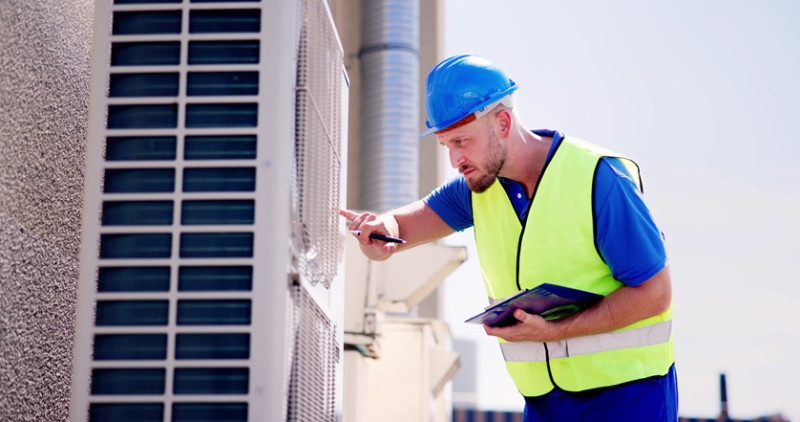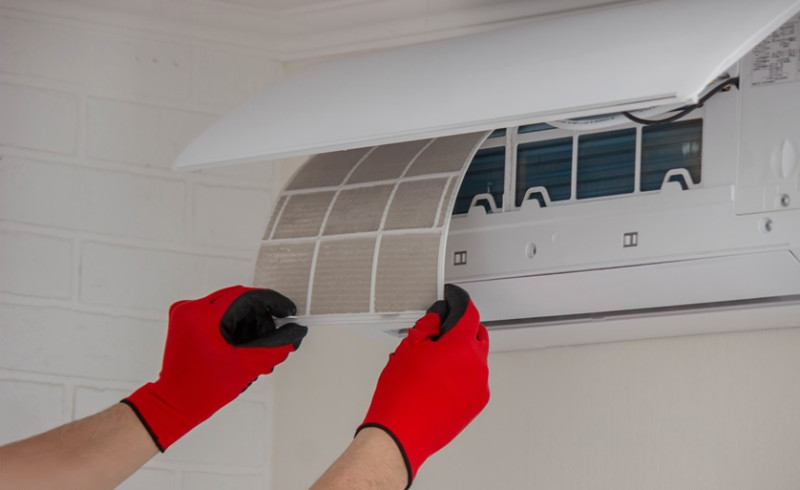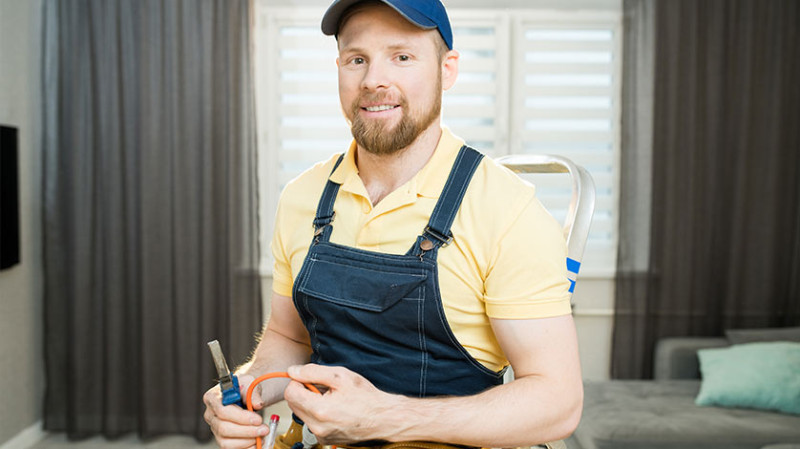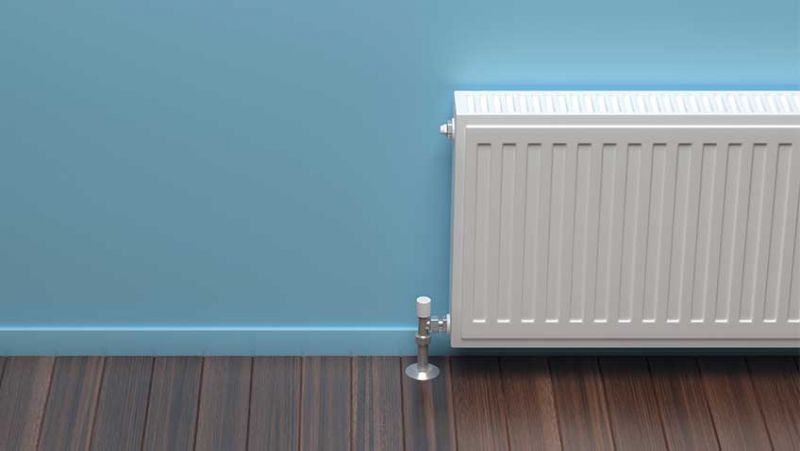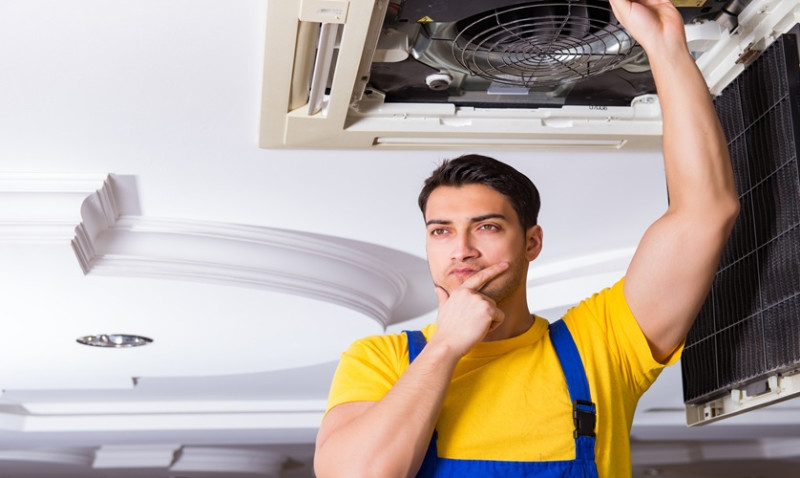
When temperatures soar during the unpredictable British summer, it’s natural to look for ways to stay cool without blowing up the energy bills. One myth that stubbornly persists is the idea that turning off your air conditioning unit when you're not home—or toggling it on and off frequently—saves money. While it seems logical on the surface, the truth is far more nuanced. In many cases, this strategy can actually cost you more, make your home less comfortable, and put unnecessary strain on your HVAC system.
Whether you’re a DIY enthusiast fitting out your first home, a designer struggling to balance form and function, or a tradesperson ensuring the best for your customer, understanding the science of cooling can be a huge asset. Let’s unpack why simply switching off your A/C might not be the answer you’ve been looking for.
Understanding How Air Conditioning Works
Before diving into cost-efficiency myths, it's critical to understand how air conditioning systems function. Air conditioners aren't instantaneous—they take time to reach the desired indoor temperature once turned on. The longer a space stays warm, the more work your A/C has to do to bring it back to comfort levels. That workload translates directly into energy usage.
Modern A/C units are designed to maintain a steady indoor climate rather than coping with wild temperature fluctuations. By continually shutting off and restarting your system, you reduce its efficiency, shorten its lifespan, and increase utility bills in the long run. Especially in the UK climate, where heatwaves are becoming more frequent but indoor circulation and insulation often remain dated, we need to optimise how these cooling systems operate.
Newer models of air conditioning units actually consume less energy when running consistently at moderate levels. Turning them off completely can cause them to work harder upon restarting, especially if the home has absorbed a large amount of heat during the day. From brick-built Victorian terraces to new-build flats, heat retention plays a bigger role than many homeowners expect.
The Real Cost of Turning Off Your A/C
Think you're saving money by turning your system off while at work? Let’s consider what really happens during the day. UK homes — especially those built before the 1990s — aren’t typically designed with passive cooling strategies in mind. Solar gain through south-facing windows, lack of shade, and poor ventilation mean that by the time you get back home, your A/C must run at full blast to cool overheated rooms.
Compare that to leaving your air conditioning on at a higher temperature (say, 24°C) throughout the day. The system works steadily, never needing to push itself to cool a 30°C+ flat in one go. You’ve actually used less energy to maintain comfort, not more.
This consistent operation also prevents "thermal overshoot", where the unit continues to run even after reaching the desired temperature because it’s compensating for accumulated heat and humidity. That additional runtime is what catches people off guard on their energy bills.
Here's a hypothetical comparison of energy consumption over an 8-hour workday:
| Strategy | Peak Power Usage | Total Energy Consumed | Estimated Daily Cost |
|---|---|---|---|
| Turning Off A/C during Day | High upon restart | 4.2 kWh | £1.35 |
| Keeping A/C On at 24°C | Moderate and steady | 3.0 kWh | £0.95 |
As the table shows, maintaining a steady indoor climate can often be more cost-effective than turning your A/C off entirely.
The Alternative: Smarter Cooling Strategies
So, what’s a savvy UK homeowner to do? The answer lies in optimisation, not elimination. Rather than switching off your cooling system completely, consider smart thermostats and zoning. These technologies allow you to programme higher daytime temperatures and activate cooling only in rooms that are occupied, creating a fine balance between comfort and cost-efficiency.
If you're into smart home improvements (a growing trend among UK young professionals and tech-savvy DIYers), integrating thermostats like Nest or Hive can help you track your real-time energy usage and automate the cooling process. Many now even support remote access via mobile apps, letting you cool your home just before arrival rather than running full-blast from 8 am to 6 pm.
Architects and interior designers can also play a part by incorporating shading devices, reflective surfaces, and internal partitions that reduce solar gain. By keeping heat out in the first place, your A/C won't have to work nearly as hard.
Simple DIY Tips That Actually Work
Not all cooling improvements have to be high-tech or expensive. Here are some easy, proven techniques to support your A/C performance and reduce operating costs:
- Use blackout curtains: Especially for south- and west-facing windows, which get the brunt of afternoon sun
- Seal air leaks: Around window frames, fire doors, and ventilation points prone to drafts
- Switch to LED lighting: These generate significantly less heat than halogen or incandescent bulbs
- Install ceiling fans: They don’t reduce the temperature but help circulate cool air more effectively
- Cook smart: Use slow cookers or outdoor grills during heatwaves to avoid adding extra heat indoors
All of these techniques help reduce the amount of heat in your home, meaning your A/C needs to do less work. And less work equals less energy – and lower bills.
Think Long-Term: Investing in Insulation & Efficiency
While fans and smart plugs can offer quick wins, the real savings come from improving the building envelope. Proper insulation, particularly in attics and lofts, keeps your home cooler in summer and warmer in winter. It's not just for winter comfort and energy efficiency—it’s your year-round ally in temperature regulation.
For UK homeowners planning renovations or retrofits, investing in double-glazed windows, reflective roof membranes, and thermal break door frames can drastically reduce unwanted heat transfer. These are especially valuable in larger structures or multi-level dwellings where heat accumulates more rapidly upstairs.
Trade professionals and developers can elevate their projects by recommending clients prioritise energy modelling or thermal performance assessments. These services help identify problem zones and justify high-efficiency A/C system upgrades or passive design measures.
In Summary: Run It Smarter, Not Harder
Turning off your air conditioning entirely during warm days might feel like a cost-conscious decision, but it often backfires—especially in UK homes that retain heat. The better path is to optimise your cooling strategy: allow your system to maintain a steady environment at higher (but comfortable) temperatures, use passive cooling techniques, and lean on smart home tech wherever possible.
Whether you're modernising a Victorian semi, helping a client reduce heating and cooling costs, or simply trying to beat the heat in your first flat, don’t fall for the myth. Efficiency is about smarter operation, not complete shutdown. So next time the sun’s blazing, think twice before flipping the switch off—you’ll thank yourself when your comfort, power bill, and A/C unit all go the extra mile.

